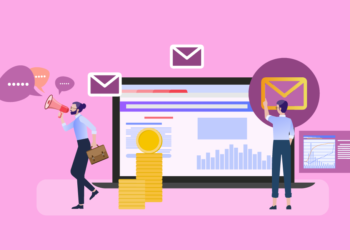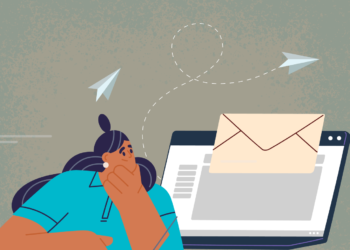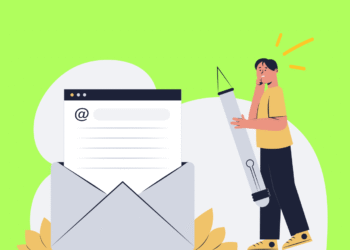Onboarding new users is like setting the stage for a great performance, you need to grab attention from the start and keep them engaged throughout their journey.
In the SaaS world, your onboarding email sequence is more than a courtesy; it’s your chance to turn trial users into loyal, paying customers. Here’s how to do it right.
Key Takeaway: An effective onboarding email sequence captures users’ attention, guides them step-by-step, and personalizes their experience to build lasting loyalty.
1. Start Strong with a Warm Welcome Email
Your welcome email is the opening act of your user relationship. It sets the tone and gives users a clear starting point.
- Add a personal touch: Address users by name and tailor the content based on their sign-up source, such as a landing page or referral link.
- Provide immediate value: Highlight a specific first step, like setting up a project or adding a team member.
- Use a clear CTA: Include one actionable step to avoid overwhelming users with too many choices.
Think of the welcome email as the opening scene of a movie, it should hook your users with excitement and clarity.
2. Guide Them with a Step-by-Step Onboarding Series
A well-structured onboarding series simplifies the learning process, helping users discover value in your product.
- Focus on one action per email: Guide users to complete key steps like setting up a profile, creating workflows, or exploring features.
- Use visuals: Include screenshots, GIFs, or videos to make instructions easy to follow.
- Celebrate progress: Acknowledge milestones, such as completing a task or integrating a tool, to keep users motivated.
Adding progress bars or checklists in emails can visually encourage users to move forward and feel a sense of accomplishment.
3. Implement Behavioral Triggers for Timely Assistance
Behavioral triggers send timely emails based on user actions (or inactions), ensuring they stay on track.
- Inactivity nudges: Send reminders to inactive users with helpful tips or a direct link to resume their progress.
- Action-based triggers: Celebrate significant actions like completing an integration or exploring a key feature to reinforce their decision.
- Offer assistance: If a user seems stuck, follow up with helpful resources or direct them to support.
These well-timed nudges act like a personal tour guide, gently steering users toward the next step in their journey.
4. Personalize the Experience with Dynamic Content
Tailored content makes users feel valued and increases engagement during onboarding.
- Dynamic content blocks: Customize emails based on user role, industry, or features they’ve engaged with.
- Relevant recommendations: Suggest next steps, such as adding team members or exploring specific tools, based on prior actions.
- Personalized subject lines: Use names or recent activity to boost open rates and engagement.
By leveraging user data, you can deliver a concierge-level experience that resonates with each individual.
Conclusion
Onboarding isn’t just about teaching users how to use your product; it’s about showing them why it matters. A thoughtful email sequence starting with a warm welcome, guiding them step-by-step, responding to their behavior, and personalizing the experience builds trust and fosters long-term loyalty.
Fine-tune your sequences, and you’ll create a seamless onboarding experience that turns new users into happy, paying customers. The effort you invest in onboarding today will pay dividends in user retention and satisfaction tomorrow.








